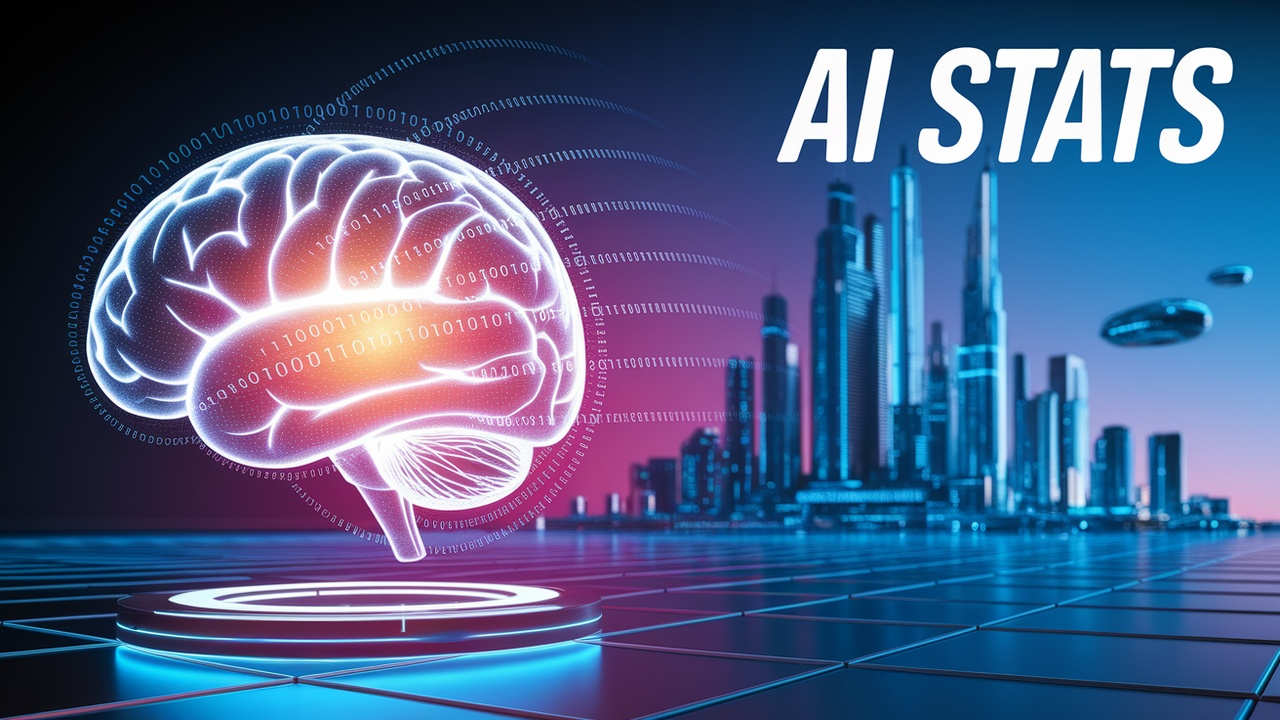
This comprehensive course is designed to equip learners with the foundational skills and knowledge necessary to harness the power of Python for artificial intelligence applications. Through a series of progressive levels, participants will explore essential programming concepts, libraries, and techniques used in AI development.
Course Levels
-
Level 1: Introduction to Python
In this introductory level, students will learn the basics of Python programming, including syntax, data types, and control structures.
-
Level 2: Data Structures and Libraries
This level covers essential data structures and introduces key libraries that are fundamental for data manipulation and analysis in Python.
-
Level 3: Statistical Foundations for AI
Students will learn the statistical concepts and techniques that form the basis of machine learning and AI algorithms.
-
Level 4: Introduction to Machine Learning
This level introduces the fundamental concepts of machine learning, including supervised and unsupervised learning techniques.
-
Level 5: Advanced Machine Learning Techniques
Students will delve deeper into advanced algorithms and techniques in machine learning, including ensemble methods and neural networks.
-
Level 6: Natural Language Processing (NLP)
This level focuses on the application of Python in processing and analyzing textual data using NLP techniques.
-
Level 7: Computer Vision
Students will learn how to use Python for computer vision tasks, including image processing and object detection.
-
Level 8: Deploying AI Models
In this final level, students will learn how to deploy their AI models into production, covering both web and cloud-based solutions.
Course Topics
-
Text Classification with Scikit-learn
# Text Classification with Scikit-learn Text classification is a critical task in Natural Language Processing (NLP) that involves categorizing text into predefined labels. In this module, we will exp...
-
Image Processing with OpenCV
# Image Processing with OpenCV OpenCV (Open Source Computer Vision Library) is an open-source computer vision and machine learning software library. It provides a common infrastructure for computer v...
-
Correlation and Regression
# Correlation and Regression Correlation and regression are fundamental statistical tools used to analyze the relationships between variables. Understanding these concepts is essential for making pre...
-
Introduction to NLP
# Introduction to Natural Language Processing (NLP) Natural Language Processing (NLP) is a subfield of artificial intelligence (AI) that focuses on the interaction between computers and humans throug...
-
Model Deployment Overview
# Model Deployment Overview Model deployment is a crucial step in the machine learning lifecycle, transitioning from model development to real-world application. This stage involves making your train...
-
Overfitting and Underfitting
# Overfitting and Underfitting In the world of machine learning, understanding the concepts of overfitting and underfitting is crucial for building effective models. These two phenomena relate to how...
-
Model Optimization Techniques
# Model Optimization Techniques Model optimization is a crucial step in the machine learning workflow, aimed at improving the performance of models through various techniques. This process can involv...
-
Pandas for Data Analysis
# Pandas for Data Analysis Pandas is one of the most popular libraries in Python for data manipulation and analysis. It provides data structures and functions needed to work with structured data seam...
-
Hypothesis Testing
# Hypothesis Testing Hypothesis testing is a fundamental concept in statistics that allows us to make inferences about a population based on sample data. In the context of AI and data science, it is ...
-
Monitoring and Maintaining AI Models
# Monitoring and Maintaining AI Models Monitoring and maintaining AI models are crucial steps in ensuring their effectiveness and reliability post-deployment. This topic covers essential practices, t...
-
Unsupervised Learning: Clustering Techniques
# Unsupervised Learning: Clustering Techniques Unsupervised learning is a type of machine learning that deals with data without labeled responses. One of the most common applications of unsupervised ...
-
Deep Learning Basics with TensorFlow
# Deep Learning Basics with TensorFlow Deep learning is a subset of machine learning that uses neural networks to model complex patterns in data. TensorFlow is one of the most popular libraries for b...
-
Support Vector Machines
# Support Vector Machines (SVM) Support Vector Machines (SVMs) are a class of supervised machine learning algorithms primarily used for classification tasks, but they can also be adapted for regressi...
-
Descriptive Statistics and Data Distribution
# Descriptive Statistics and Data Distribution Descriptive statistics is a branch of statistics that provides a summary of the main features of a dataset. It is crucial for understanding the characte...
-
Decision Trees and Random Forests
# Decision Trees and Random Forests ## Introduction Decision Trees and Random Forests are powerful machine learning techniques used for both classification and regression tasks. They are intuitive a...
-
Creating REST APIs with Flask
# Creating REST APIs with Flask ## Introduction In the world of web development, REST (Representational State Transfer) APIs are a crucial component that allows different applications to communicate ...
-
Introduction to Neural Networks
# Introduction to Neural Networks Neural networks are a class of machine learning algorithms modeled after the human brain. They are particularly powerful for tasks involving large amounts of data, i...
-
Sets and Comprehensions
# Sets and Comprehensions in Python Sets are one of the built-in data structures in Python that allow you to store unique items. They are particularly useful when you need to eliminate duplicates fro...
-
Data Visualization with Matplotlib
# Data Visualization with Matplotlib Data visualization is a crucial part of data analysis, and Matplotlib is one of the most widely used libraries in Python for creating static, animated, and intera...
-
Control Flow: Conditional Statements
# Control Flow: Conditional Statements In Python, control flow statements allow us to execute different blocks of code based on certain conditions. This is essential for making decisions in your prog...
- And 20 more topics...